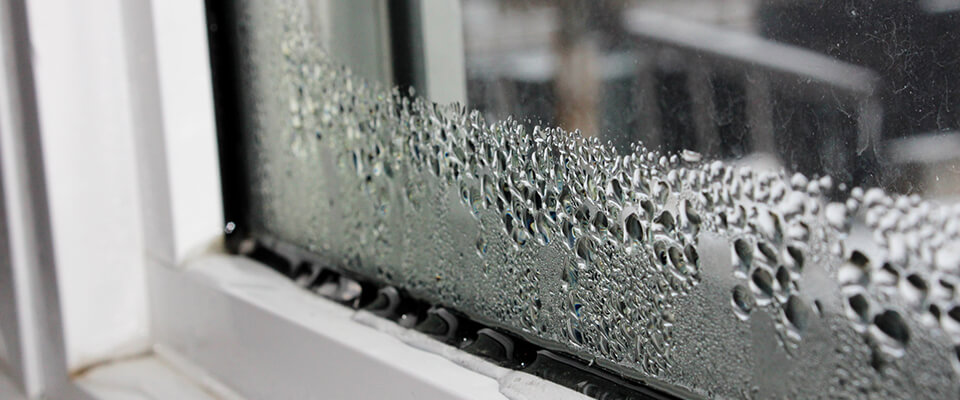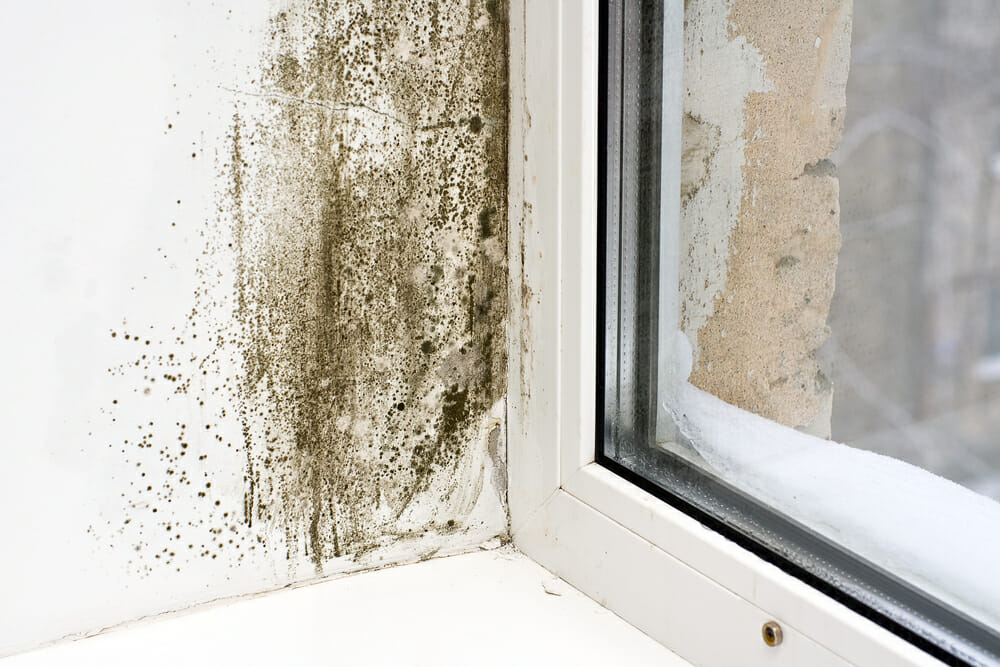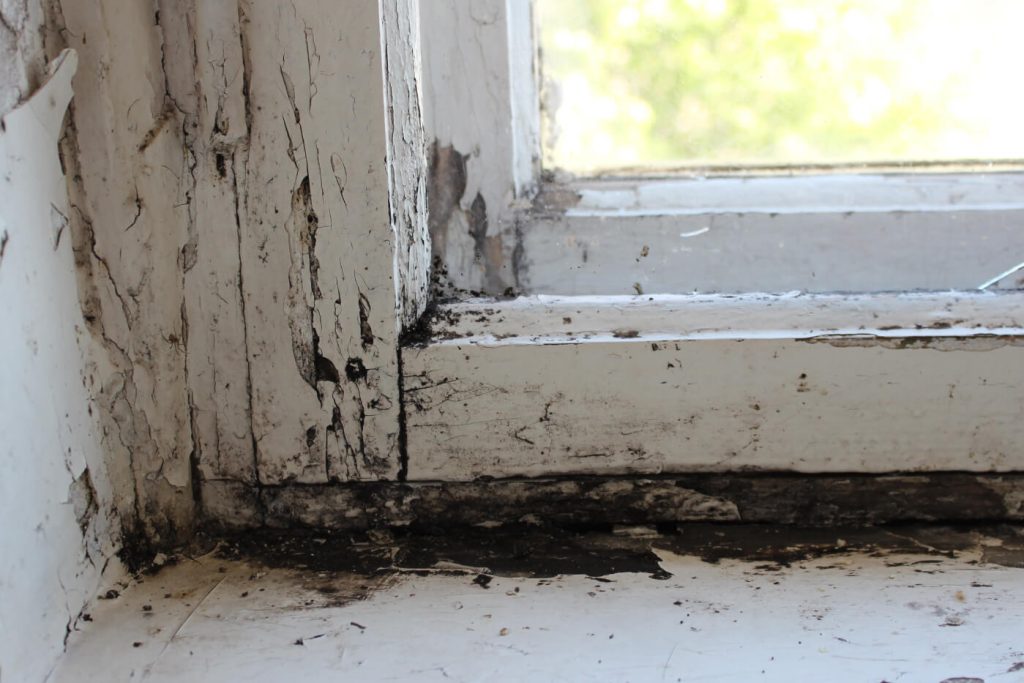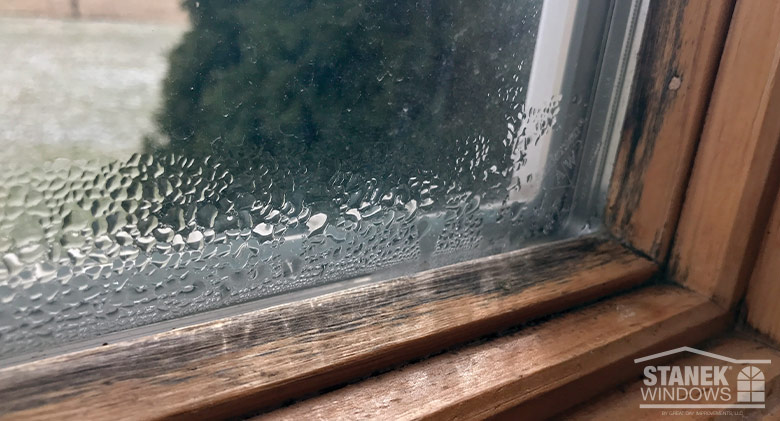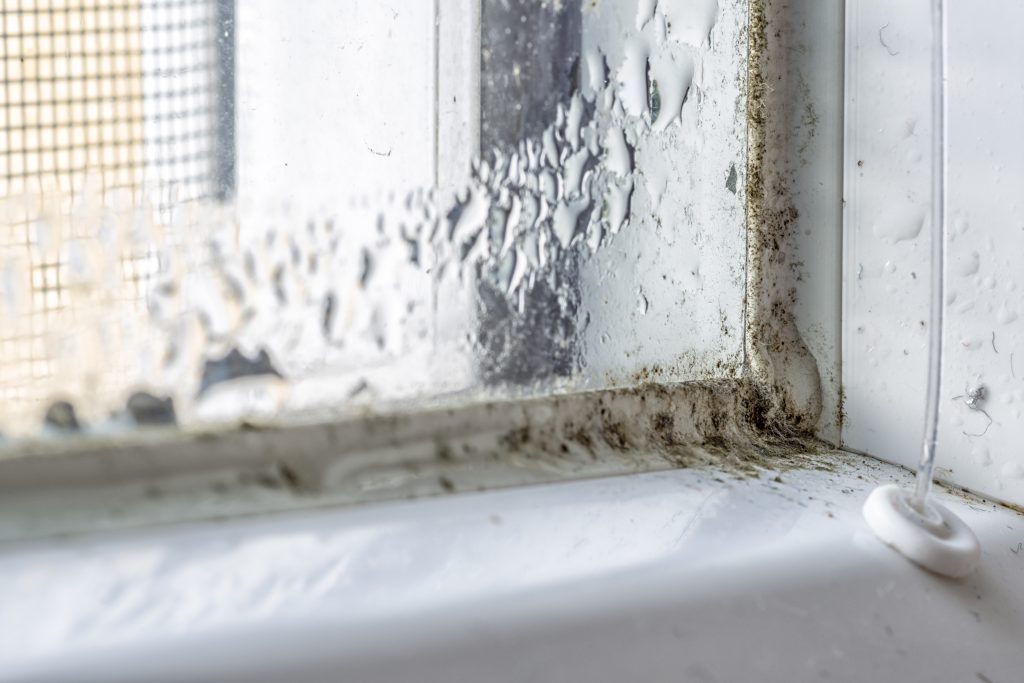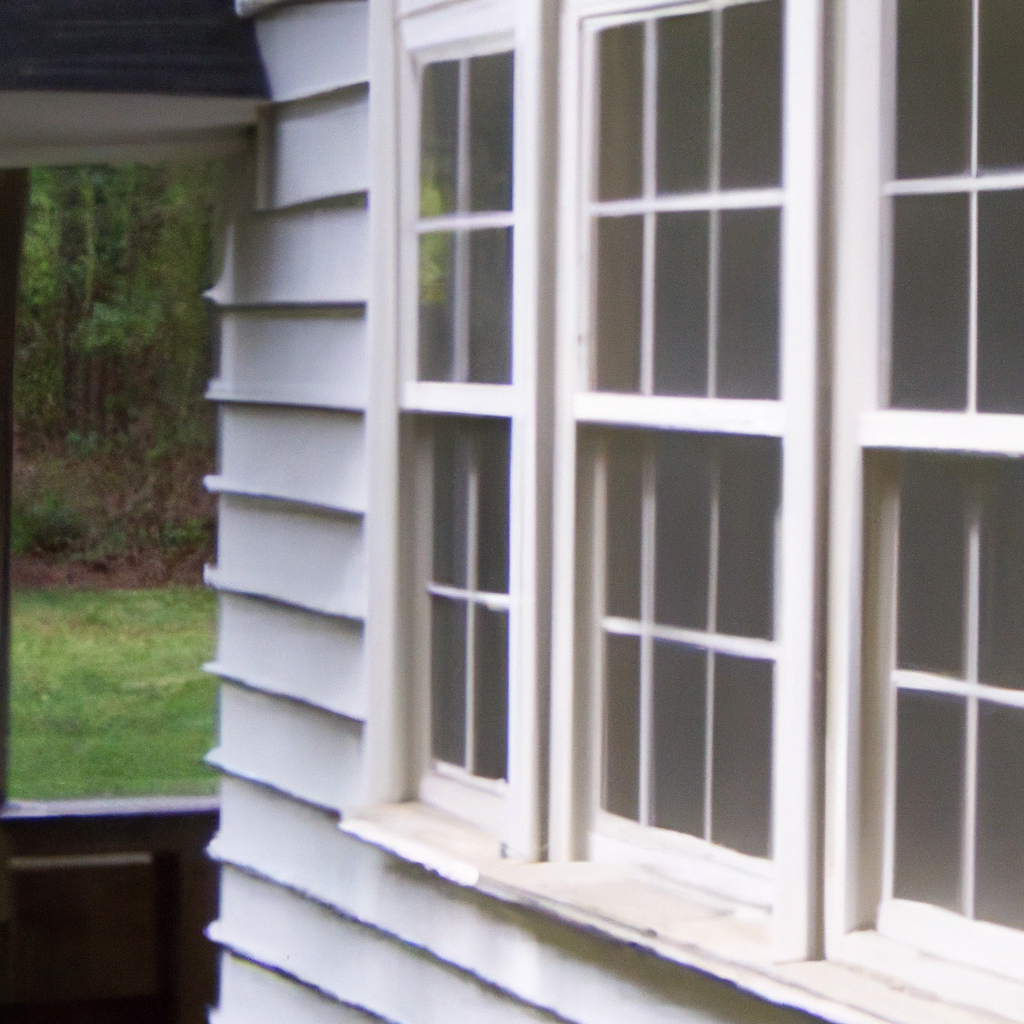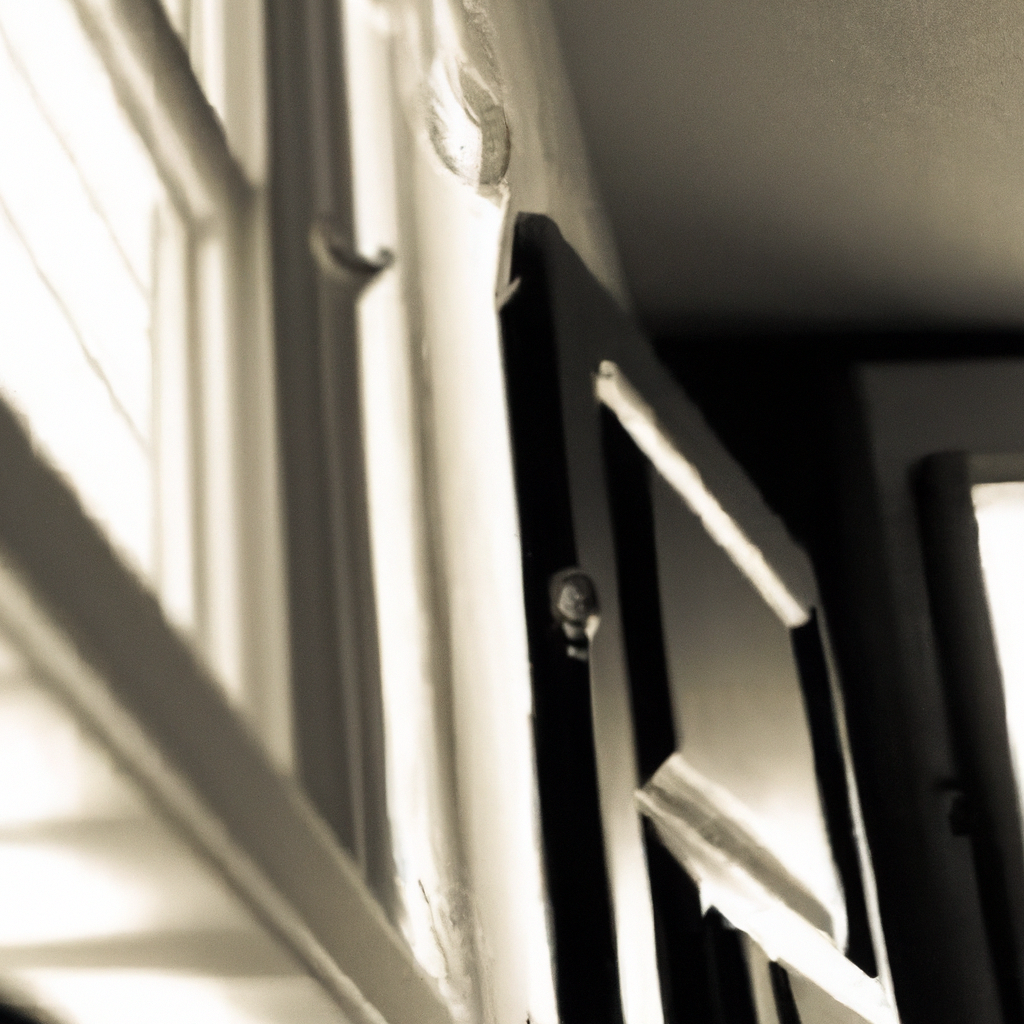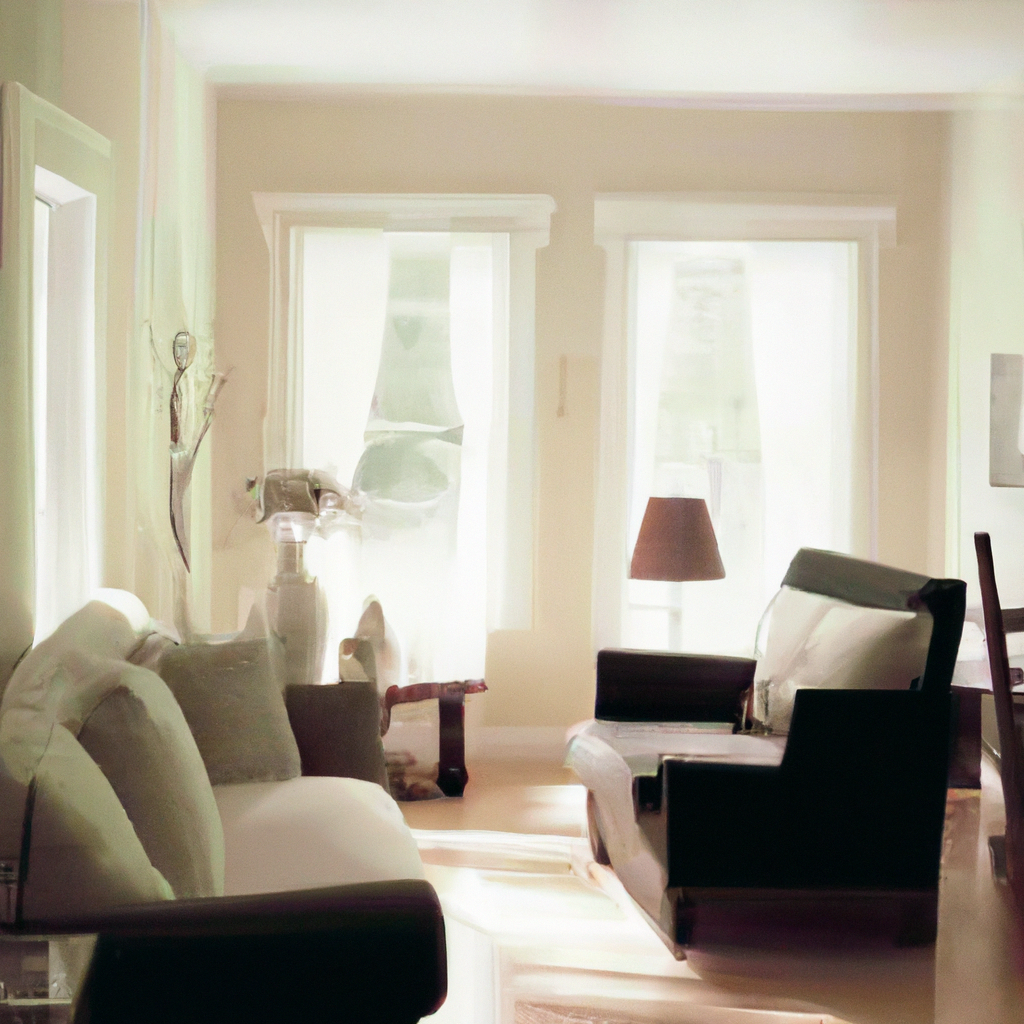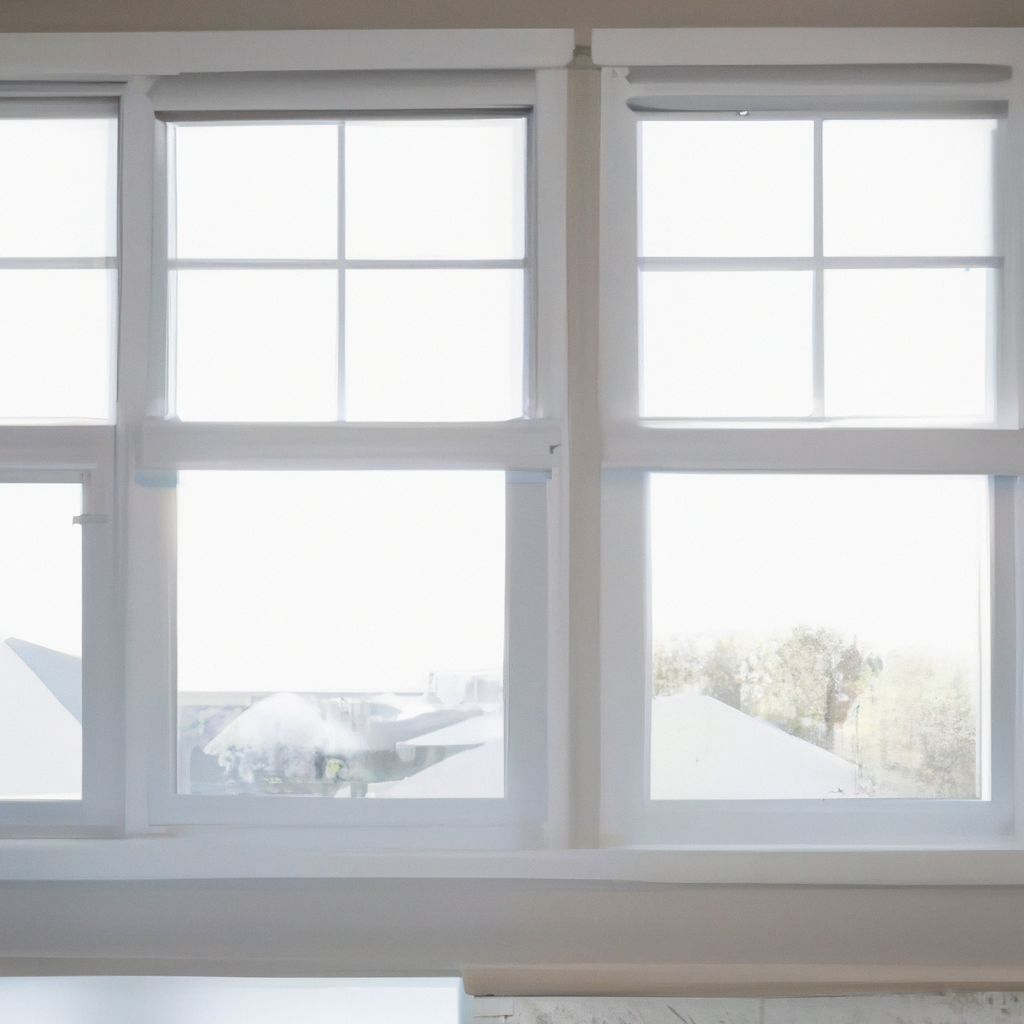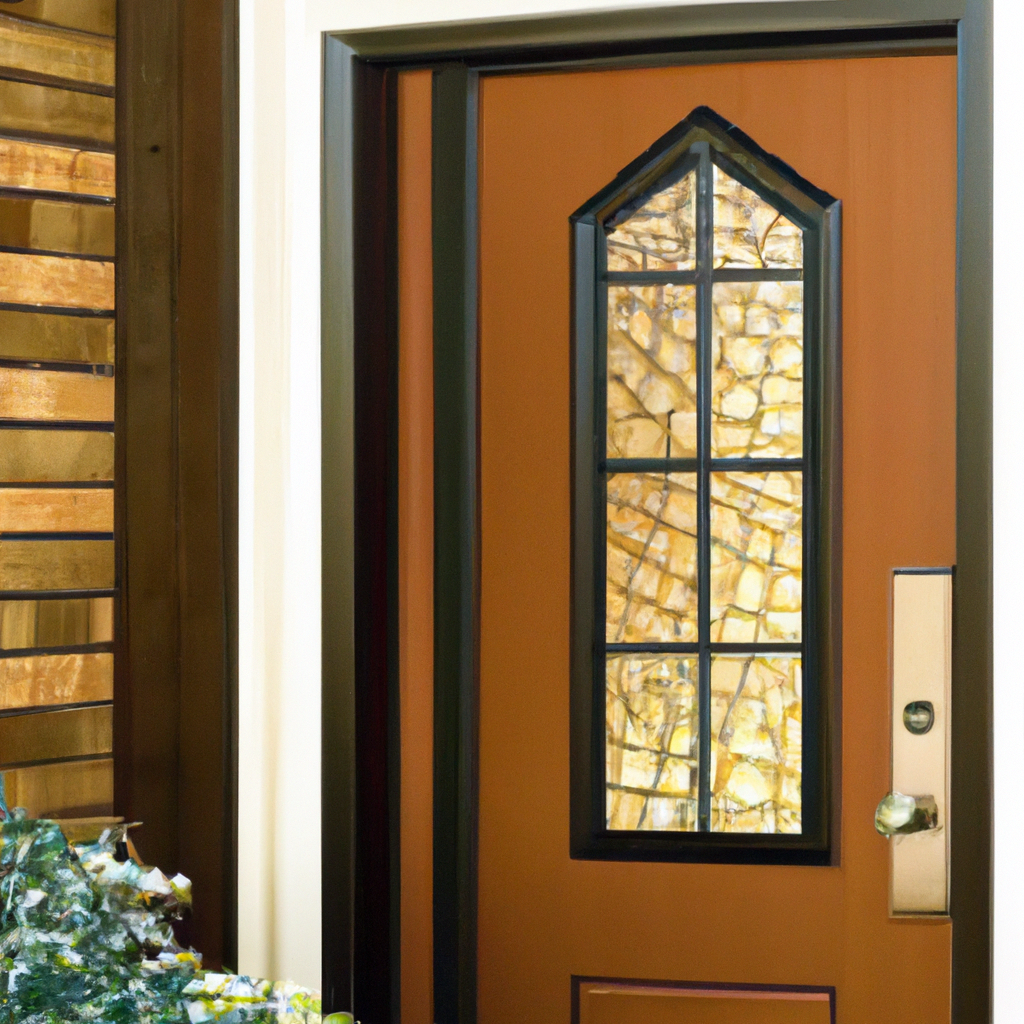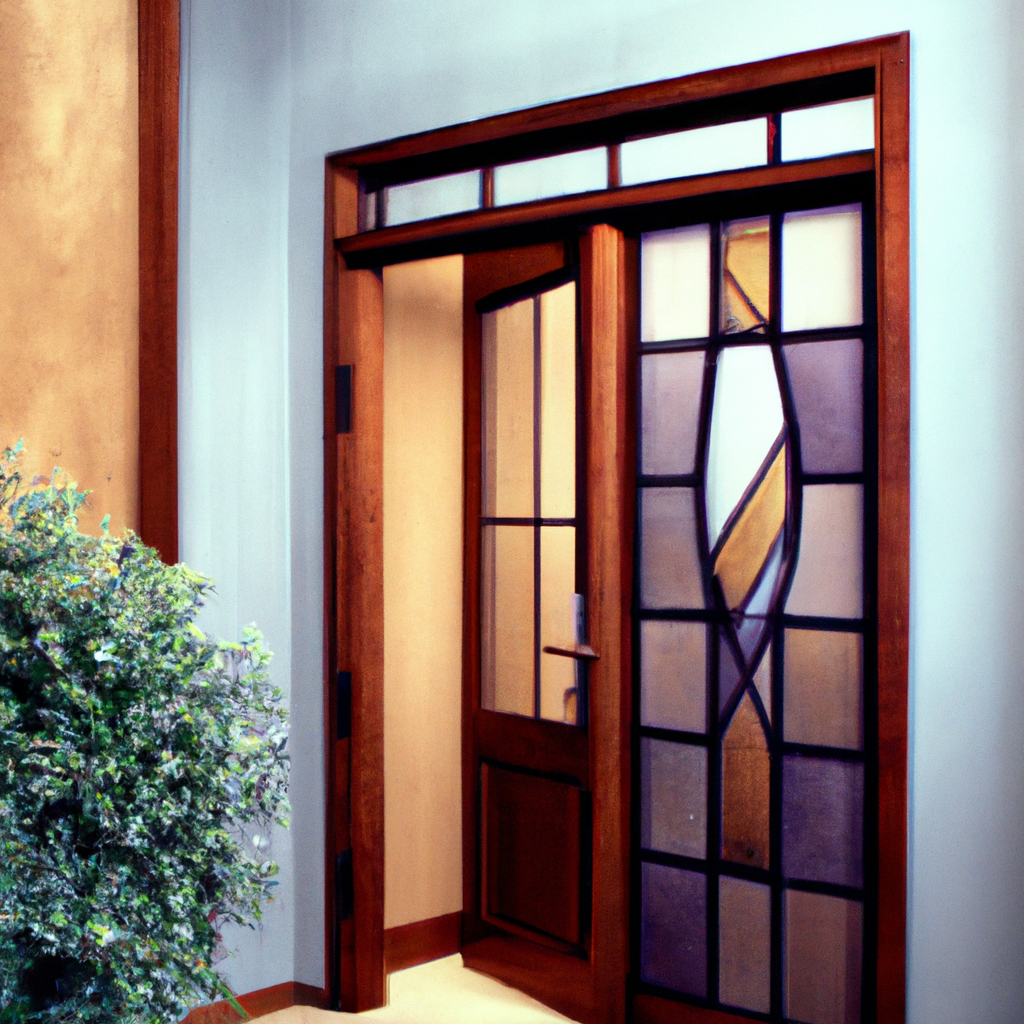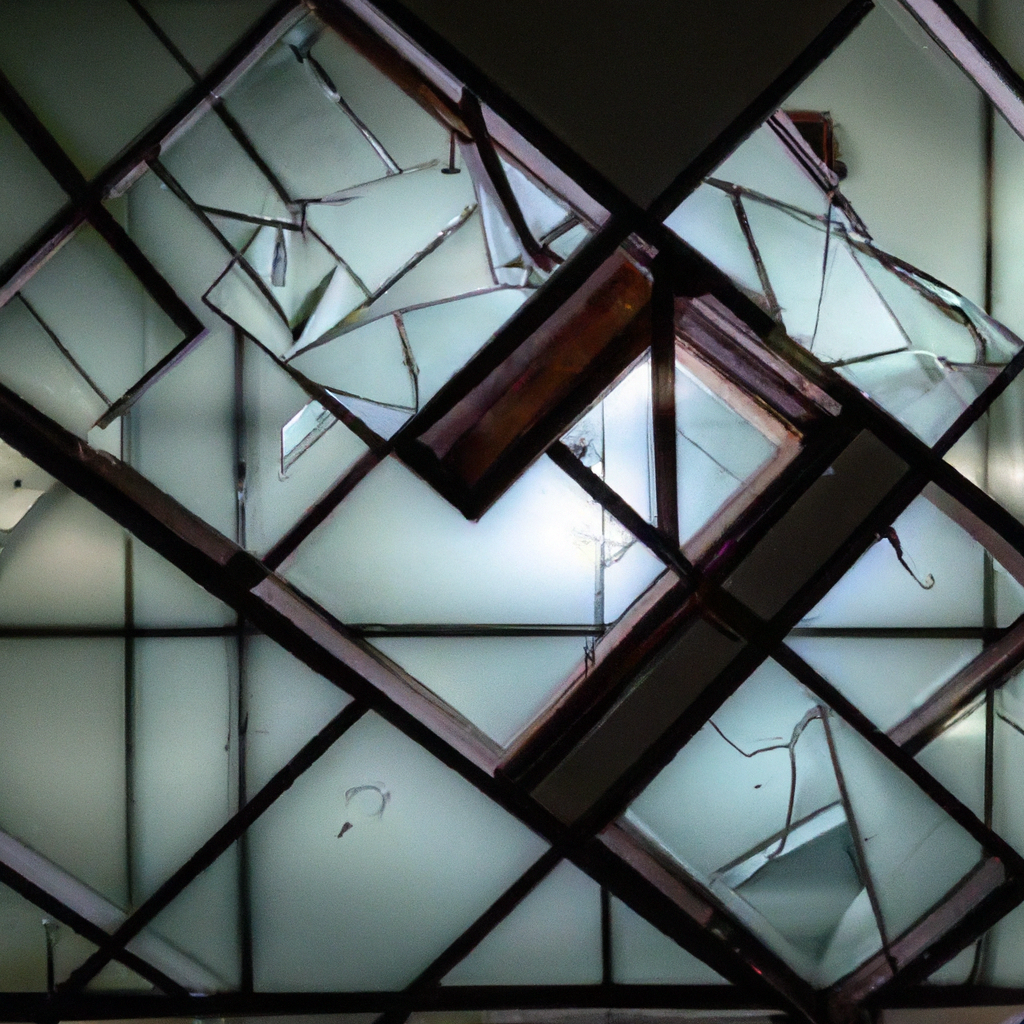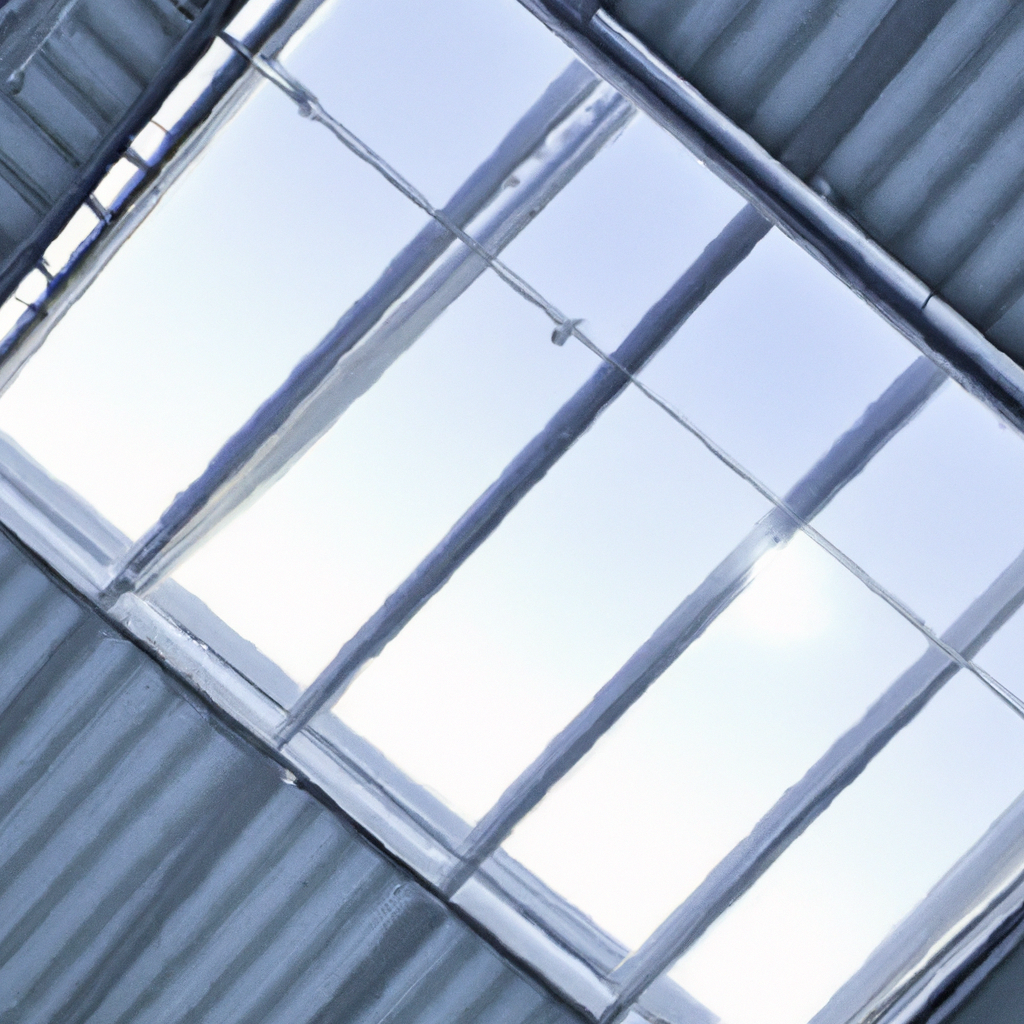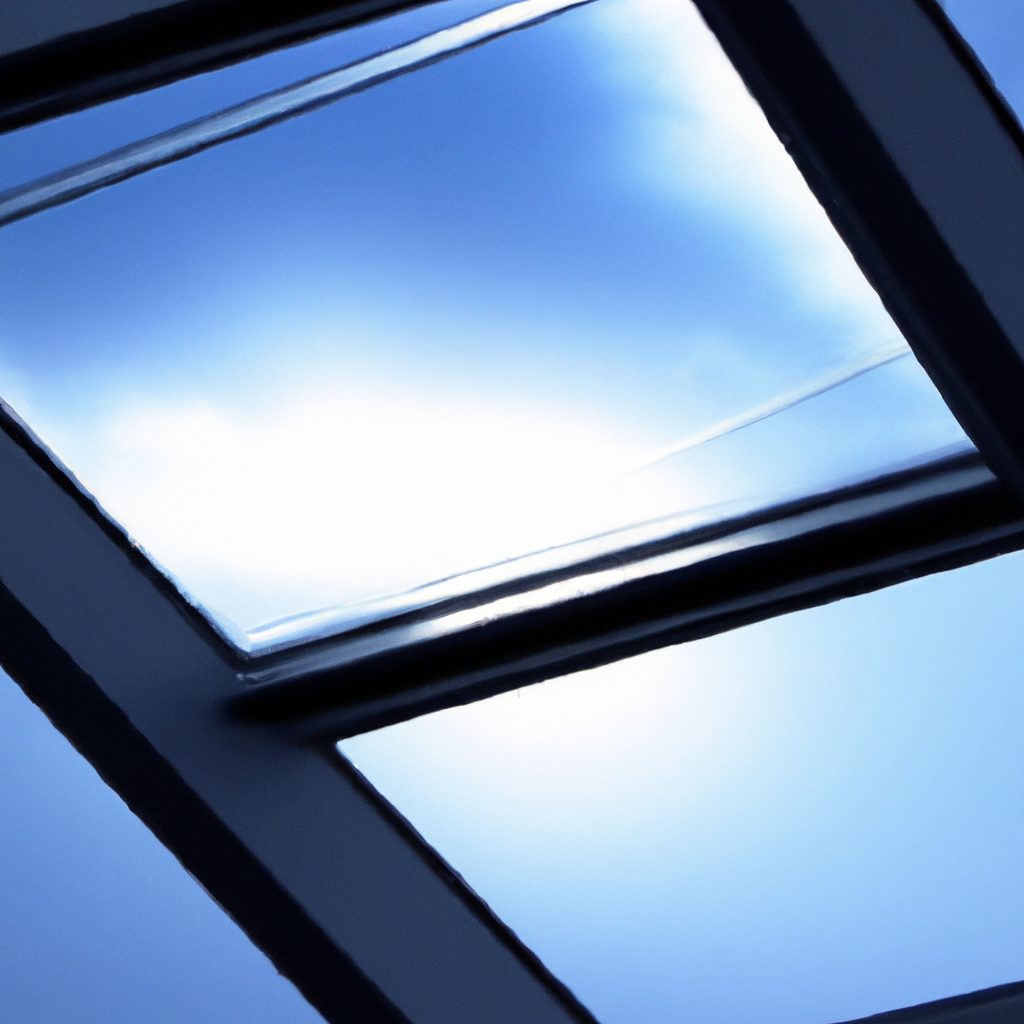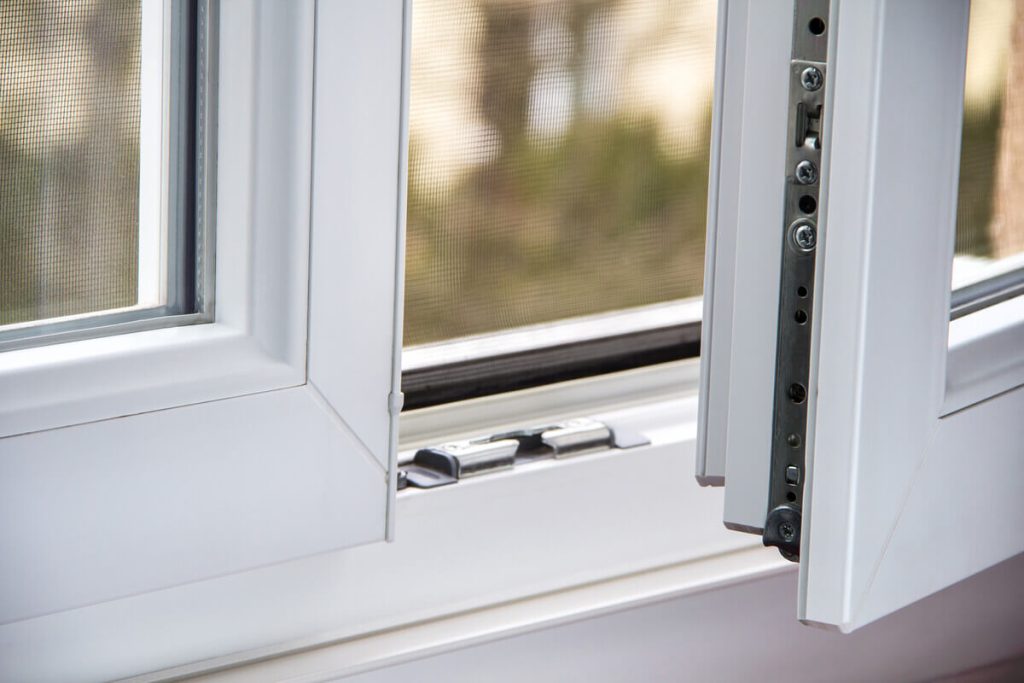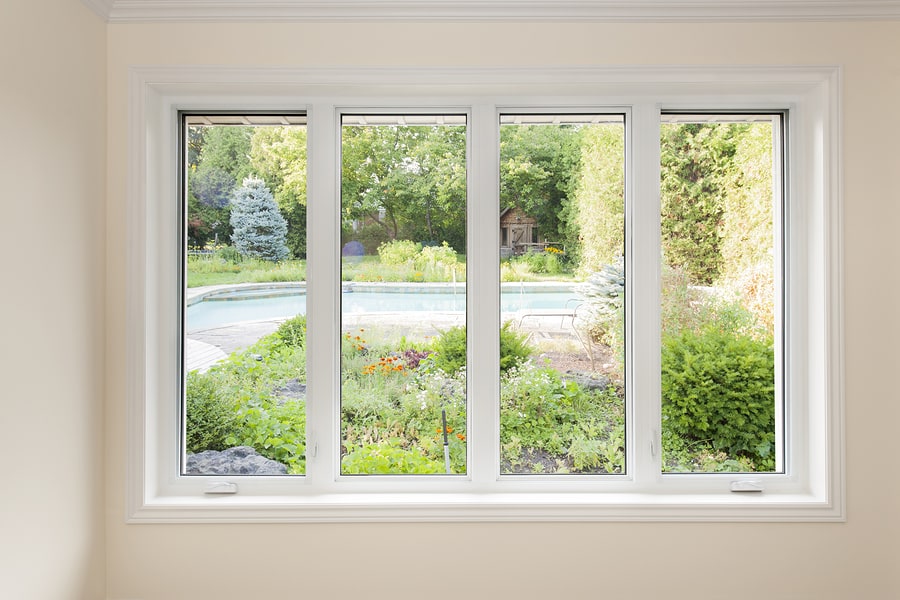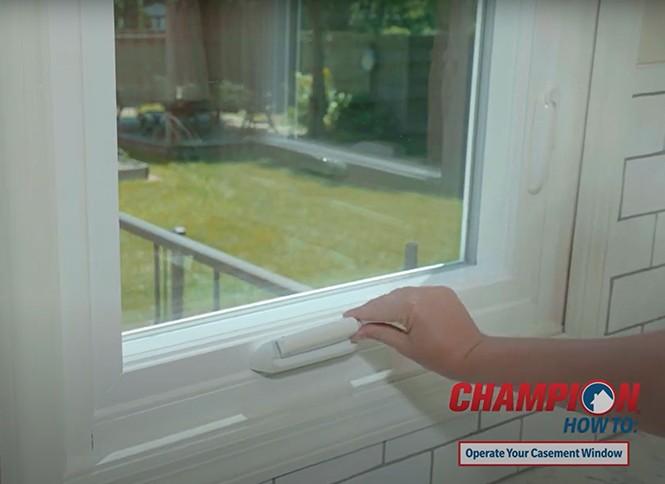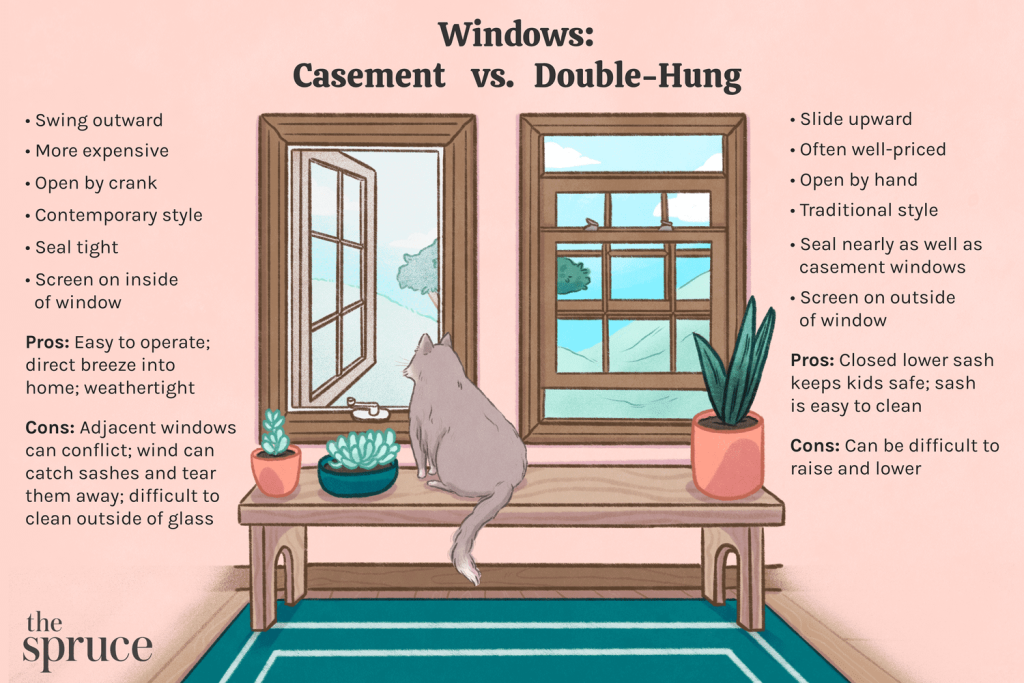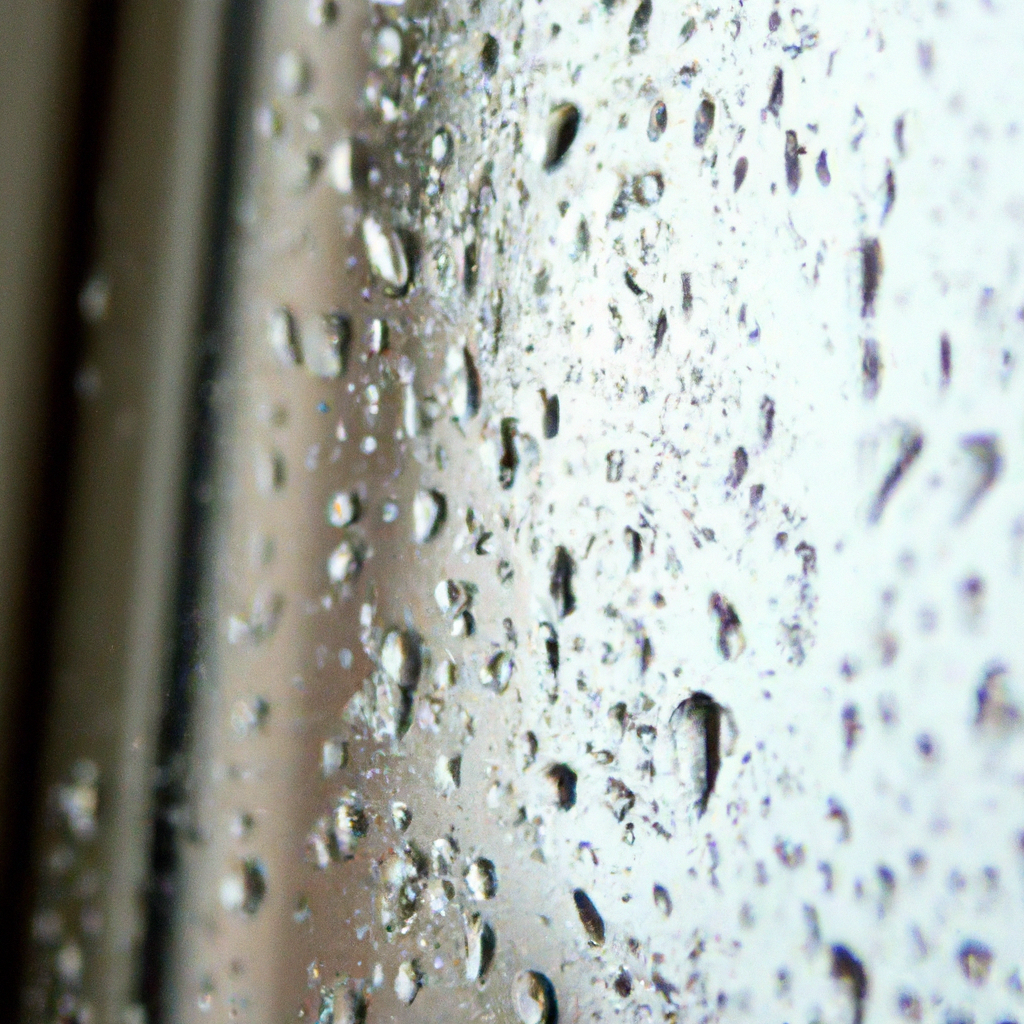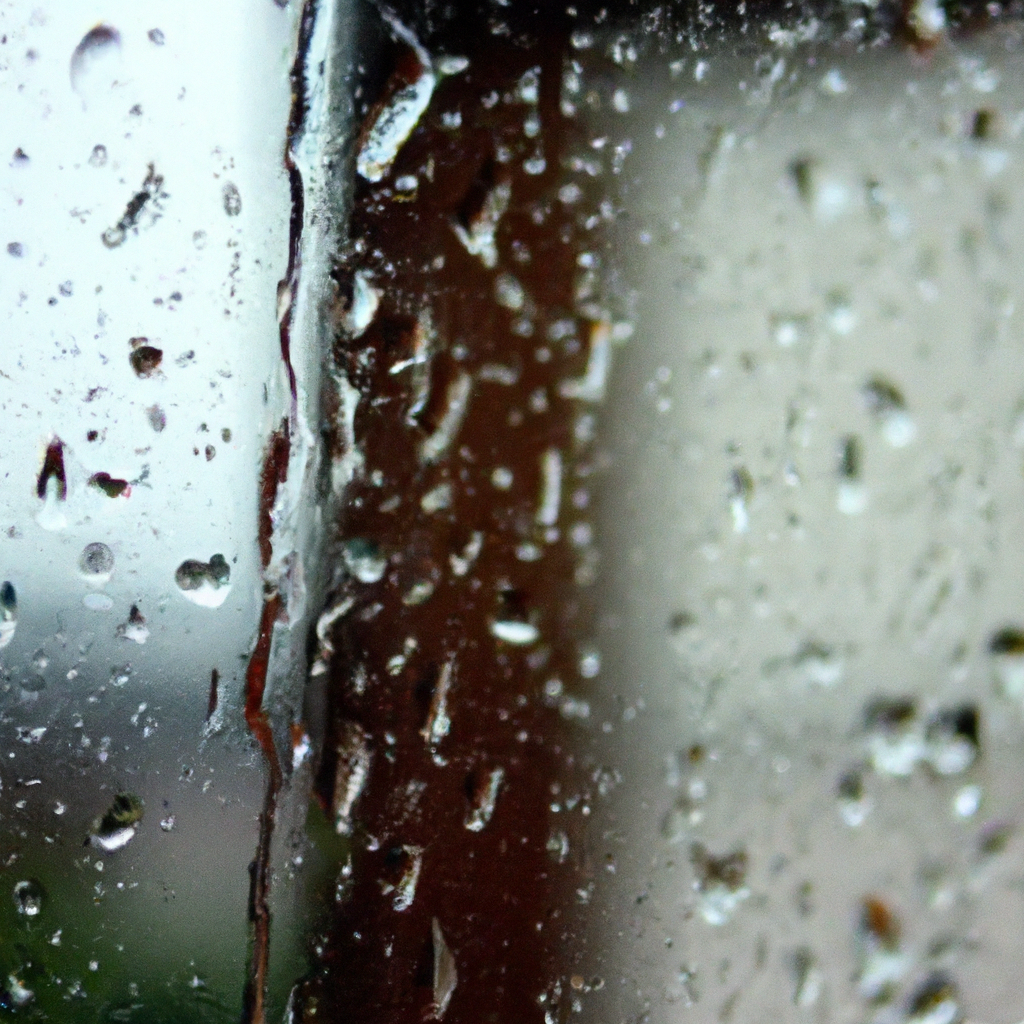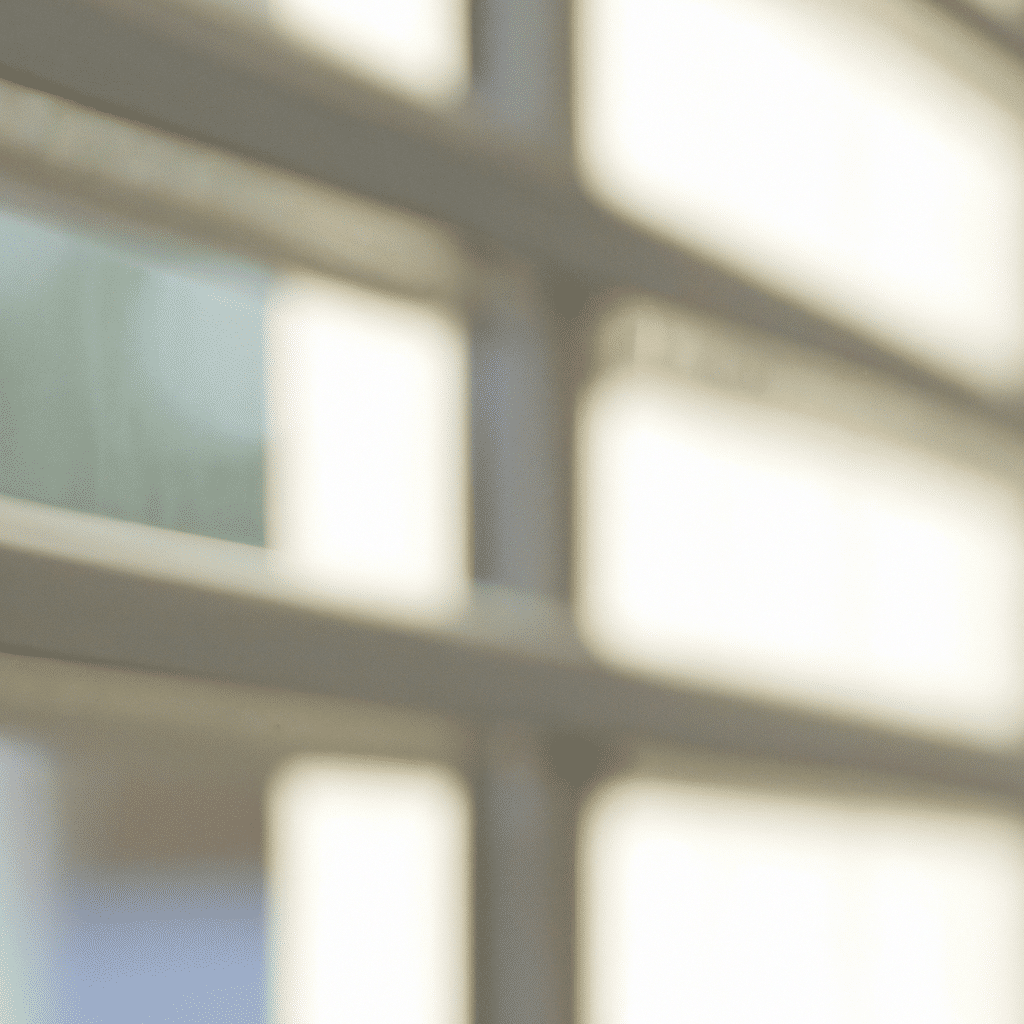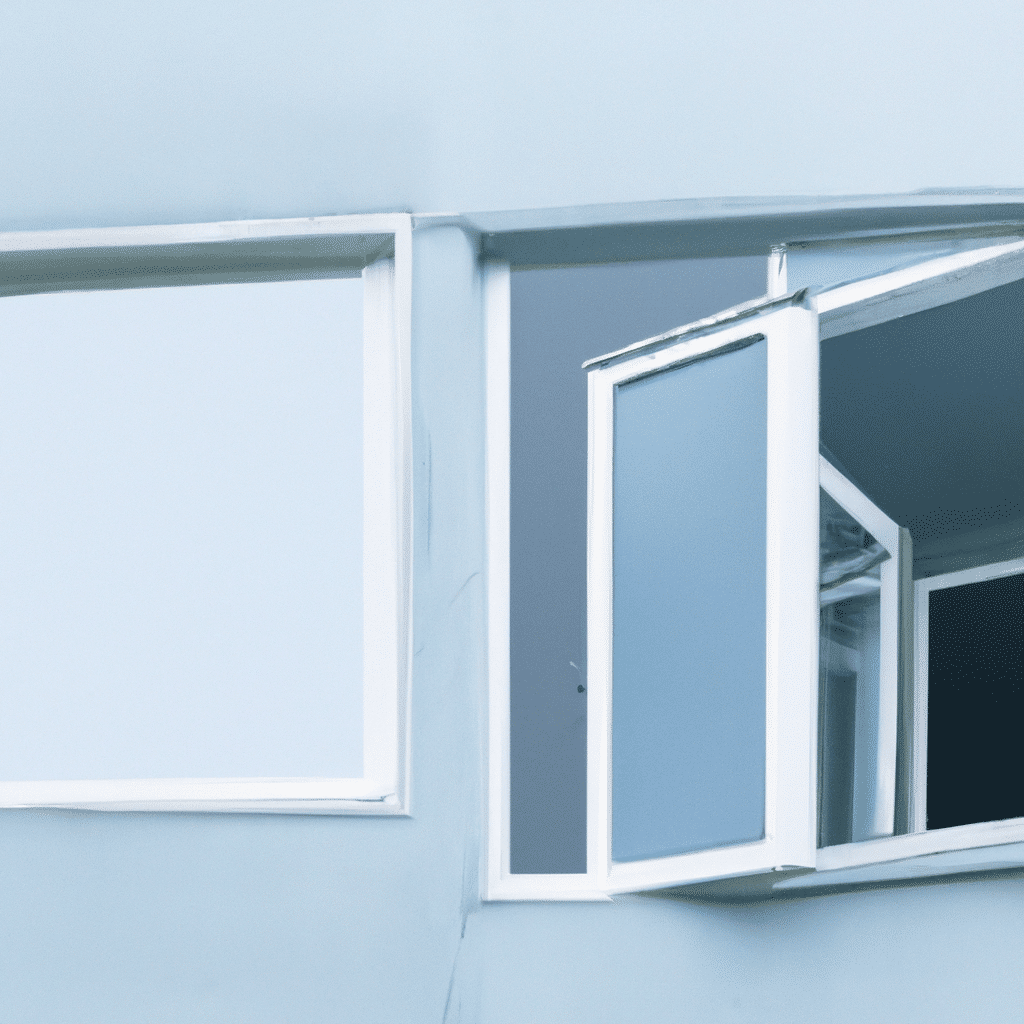So you’ve installed impact windows in your home for increased protection during storms and hurricanes, but now you’re wondering how to deal with emergency exits. Well, fear not, because this article will shed light on the best practices for handling emergency exits with impact windows. From understanding building codes and regulations to ensuring easy access in case of emergencies, we’ve got you covered. So let’s jump right in and find out how you can maintain your home’s safety without compromising on functionality.
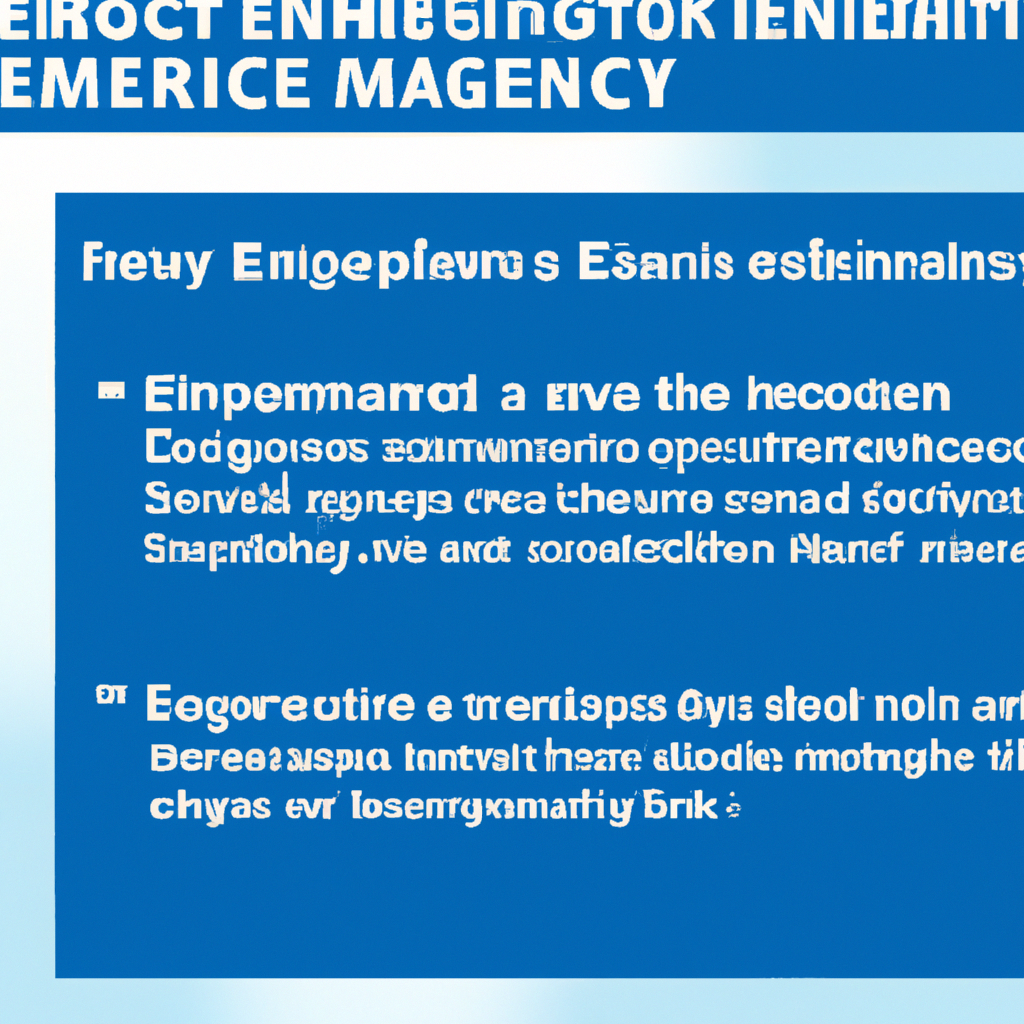
Choosing the Right Impact Windows for Emergency Exits
Impact Windows vs. Regular Windows
When it comes to emergency exits, choosing the right windows is crucial to ensure the safety and security of your building. Impact windows, also known as hurricane windows, are specially designed to withstand high winds, flying debris, and other extreme conditions. Unlike regular windows, impact windows are made with laminated glass and reinforced frames, making them much stronger and more resistant to breakage. This is especially important for emergency exits, as they need to provide a reliable means of escape in case of emergencies.
Certified Impact Windows for Emergency Exits
To ensure that your impact windows meet the necessary safety standards, it is essential to choose certified impact windows for your emergency exits. Look for windows that have been tested and certified by recognized organizations, such as the American Society of Testing and Materials (ASTM) or the Miami-Dade County Product Approval. These certifications guarantee that the windows have undergone rigorous testing and meet the requirements for impact resistance and structural integrity.
Understanding Emergency Exit Requirements
Building Codes and Regulations
When it comes to emergency exits, building codes and regulations play a crucial role in ensuring the safety of occupants. Each jurisdiction may have specific requirements for emergency exits, including the types of windows allowed, their sizes, and hardware requirements. It is vital to familiarize yourself with the building codes and regulations in your area to ensure that your impact windows comply with these standards.
Clear Opening Sizes for Emergency Exits
Emergency exits must have a clear opening size that is wide enough for individuals to safely pass through in an emergency. Building codes typically specify the minimum clear opening size required for different types of buildings and occupancies. When selecting impact windows for emergency exits, ensure that they provide the required clear opening size to meet the building code requirements.
Height Requirements for Emergency Exits
In addition to clear opening sizes, building codes often specify height requirements for emergency exits. These requirements ensure that individuals of varying heights can easily access and utilize the emergency exits. When choosing impact windows for emergency exits, make sure that they are installed at the appropriate height to comply with the building code regulations.
Emergency Egress Hardware
Emergency exits should be equipped with appropriate hardware that allows for easy and quick egress in case of emergencies. This may include panic bars, crash bars, or other devices that allow for easy operation of the emergency exit without the need for keys or specialized knowledge. Ensure that your impact windows are fitted with the necessary emergency egress hardware to facilitate a smooth and efficient evacuation process.
Ensuring Proper Operation of Emergency Exits with Impact Windows
Regular Maintenance and Inspections
To ensure the proper operation of emergency exits with impact windows, regular maintenance and inspections are essential. Regularly inspect the windows for any signs of damage, such as cracks, chips, or loose frames. Additionally, ensure that the windows are clean and free from any debris or obstructions that may hinder their functionality. Taking proactive measures through regular maintenance and inspections can help identify and address any issues before they become safety hazards.
Lubrication and Cleaning of Exit Mechanisms
The mechanisms that allow the emergency exits to open and close smoothly should be regularly lubricated to ensure their proper functioning. Use a suitable lubricant recommended by the manufacturer to keep the mechanisms in good working order. Additionally, clean the exit mechanisms to remove any dirt, dust, or debris that may accumulate over time and impede their operation. Regular lubrication and cleaning will help prevent any potential issues and ensure the emergency exits are always ready for use.
Testing and Certifying Emergency Exit Windows
Periodic testing and certification of emergency exit windows are crucial to verify their functionality and compliance with safety standards. Engage a professional to perform tests on the impact windows, including checking their impact resistance and the operation of the emergency egress hardware. Certification ensures that your emergency exit windows are in proper working order and will provide a reliable means of escape in case of emergencies.
Security Measures for Emergency Exits with Impact Windows
Reinforcing the Frames and Glass
While impact windows are already designed to be stronger and more resistant to breakage, reinforcing the frames and glass adds an extra layer of security to your emergency exits. This can be done by using additional strengthening materials or reinforcing techniques recommended by the manufacturer. Reinforced frames and glass provide enhanced protection against forced entry and further strengthen the integrity of your emergency exits.
Installing Security Bars or Grilles
Another security measure for emergency exits with impact windows is the installation of security bars or grilles. These additional barriers can prevent unauthorized access and improve the overall security of your building. When installing security bars or grilles, ensure that they do not impede the proper operation of the emergency exit windows and comply with the relevant building codes and regulations.
Connecting to Alarm Systems
Integrating your emergency exits with an alarm system can provide an added layer of security and ensure a prompt response in case of emergencies. When the emergency exits are opened, the alarm system can be triggered, alerting occupants and authorities about the situation. Consult with a security professional to determine the most suitable alarm system for your building and ensure that the impact windows are compatible with the chosen system.
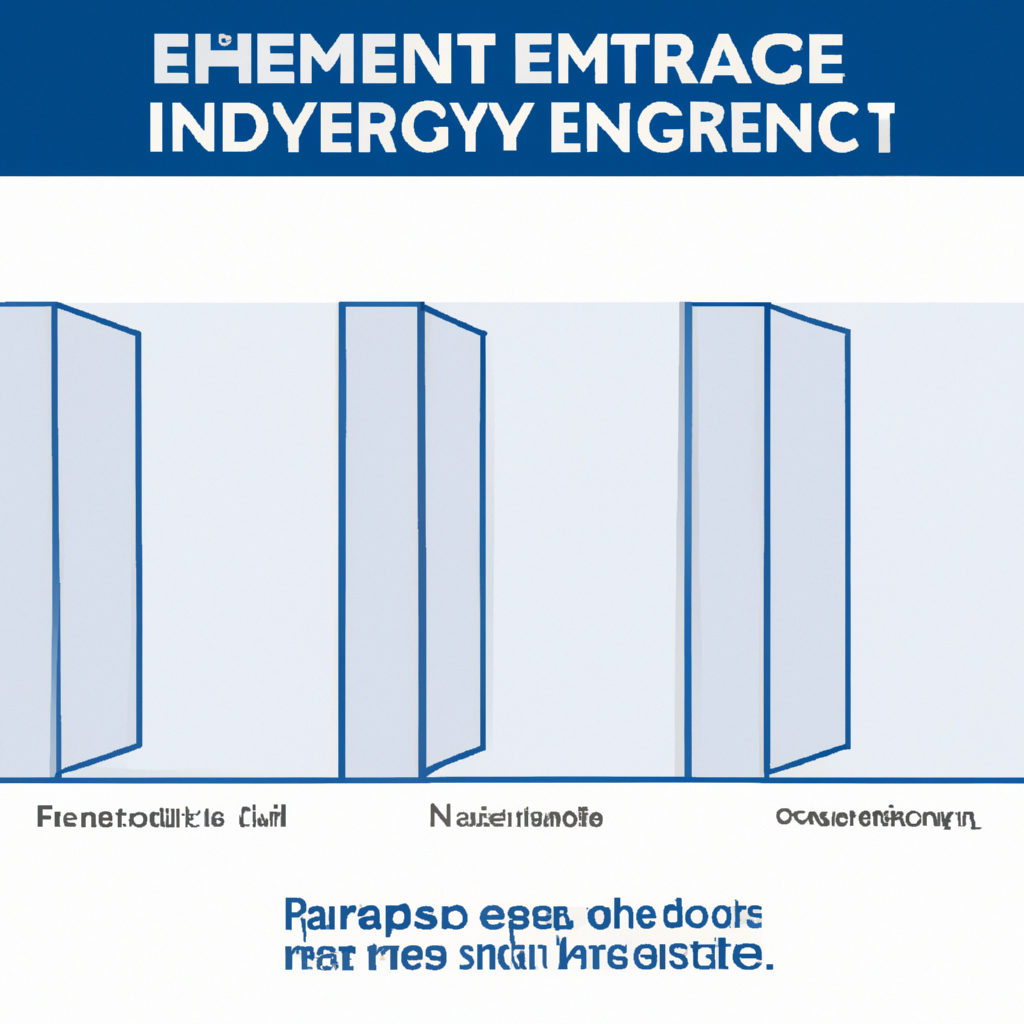
Ensuring Safety and Accessibility in Emergency Exit Situations
Proper Exit Signage and Lighting
In emergency situations, clear and visible exit signage plays a crucial role in guiding occupants toward the nearest emergency exits. Install properly illuminated exit signs above or beside emergency exits to ensure they are easily identifiable, even in low-light conditions. Additionally, ensure that the surrounding areas are well-lit to provide clear visibility and facilitate safe evacuation.
Fire Safety Measures and Emergency Planning
Emergency exits are an integral part of fire safety measures in buildings. Establishing a comprehensive emergency plan that includes proper evacuation procedures and protocols is essential to ensure the safety of occupants. Regularly conduct fire drills and review the emergency plan with occupants to familiarize them with the location of emergency exits and the appropriate actions to take in case of fire or other emergencies.
Training Staff and Occupants on Emergency Exit Procedures
To maximize the effectiveness of your emergency exits, it is crucial to provide training to both staff and occupants on the proper procedures for using the emergency exits. This includes demonstrating how to open the impact windows, explaining evacuation routes, and ensuring that everyone understands the importance of following the established emergency evacuation protocols. Training sessions should be conducted regularly to refresh everyone’s knowledge and awareness.
Working with Professionals for Emergency Exit Solutions
Hiring Licensed Contractors or Window Installers
When it comes to installing impact windows for emergency exits, it is important to work with licensed contractors or window installers who have the necessary expertise and experience. Licensed professionals can ensure that the windows are installed correctly, comply with building codes, and meet the necessary safety standards. Before hiring a contractor or installer, verify their licenses, check their references, and request proof of insurance to protect yourself and your property.
Consulting with Architects and Building Designers
If you are designing a new building or planning a major renovation that involves incorporating impact windows for emergency exits, consulting with architects and building designers is highly recommended. These professionals can provide valuable insights and guidance in designing the most effective and efficient emergency exit solutions. They can help ensure that the impact windows are seamlessly integrated into the building design while prioritizing safety and compliance with building codes.
Obtaining Permits and Inspections
To ensure compliance with local regulations and building codes, it is essential to obtain the necessary permits and undergo inspections for your impact windows and emergency exits. Consult with your local building department to determine the specific requirements and procedures for obtaining permits and scheduling inspections. Failing to obtain the required permits or passing inspections may result in penalties or delays in your project.
Maintaining Compliance with Insurance Policies and Regulations
Notifying Insurance Provider about Impact Windows
If you have insurance coverage for your building, it is important to notify your insurance provider about the installation of impact windows for your emergency exits. Some insurance policies may require specific types of windows or may offer discounts for impact-resistant windows. By informing your insurance provider, you can ensure that your coverage is up to date and aligned with the measures you have taken to enhance the safety and security of your building.
Reviewing Policy Requirements for Emergency Exits
Review your insurance policy to understand any specific requirements or recommendations regarding emergency exits. Some policies may have specific provisions regarding the size, location, or type of windows allowed for emergency exits. Ensure that your impact windows meet these requirements to maintain compliance with your insurance policy. If you have any questions or concerns, consult with your insurance agent for clarification.
Additional Considerations for Emergency Exits with Impact Windows
Impact Window Materials and Design Options
When selecting impact windows for emergency exits, consider the materials and design options available. Impact windows come in various materials, such as vinyl, aluminum, or fiberglass, each with its own advantages and disadvantages. Additionally, consider design options that best complement the aesthetics of your building while still meeting the necessary safety and structural requirements. Consult with window manufacturers or suppliers for recommendations based on your specific needs and preferences.
Impact Window Installation Techniques
The installation of impact windows for emergency exits should follow proper techniques to ensure their effectiveness and compliance with building codes. Improper installation can compromise the integrity of the windows and compromise the safety of the occupants. Engage professional installers experienced in installing impact windows for emergency exits to ensure a precise and secure installation process. Following the manufacturer’s installation guidelines and any additional recommendations from the professionals will help ensure a successful and reliable installation.
Cost and Budgeting for Impact Windows
When budgeting for impact windows for your emergency exits, it is important to consider the overall cost, including the materials, installation, and any additional security features. Impact windows are typically more expensive than regular windows due to their specialized construction. However, the added safety and security they provide make them a worthwhile investment. Obtain multiple quotes from reputable window suppliers or contractors to compare prices and ensure that your budget is adequately allocated for the installation of impact windows for emergency exits.
Case Studies and Success Stories of Emergency Exit Installations with Impact Windows
Enhancing Safety and Security with Impact Windows
Numerous case studies and success stories highlight the significant benefits of installing impact windows for emergency exits. For example, in areas prone to hurricanes or severe storms, buildings equipped with impact windows have shown significantly reduced damage and increased occupant safety. The strength and impact resistance of these windows have prevented debris from penetrating the building, minimizing the risk of injuries and enhancing the overall security of the occupants.
How Impact Windows Saved Lives in Emergency Situations
Real-life scenarios demonstrate the life-saving capabilities of impact windows in emergency situations. Stories of buildings in fire emergencies or active shooter situations illustrate how occupants were able to safely and quickly evacuate through impact windows. The durability and reliability of these windows have proven instrumental in providing a reliable means of escape when traditional exits are blocked, damaged, or inaccessible.
FAQs about Handling Emergency Exits with Impact Windows
Can I Convert Regular Windows into Emergency Exits with Impact Windows?
Converting regular windows into emergency exits with impact windows is possible in some cases. However, it is critical to consult with a professional to assess the feasibility and ensure the necessary modifications comply with building codes and regulations. Additionally, the existing window’s size, structural integrity, and overall compatibility with impact windows should be carefully evaluated to ensure the safety and effectiveness of the converted emergency exits.
Do Impact Windows Affect the Aesthetic Appeal of a Building?
Impact windows come in various designs and styles, allowing you to find options that complement the aesthetic appeal of your building. Manufacturers offer impact windows in different colors, finishes, and frame designs to match your architectural style and design preferences. With the diverse range of options available, impact windows can enhance both the safety and the overall visual appeal of your building.
How Frequently Should I Inspect and Maintain Emergency Exits?
Regular inspections and maintenance are crucial for the optimal functionality of emergency exits with impact windows. It is recommended to conduct routine inspections at least twice a year, examining the windows for any signs of damage, such as cracks, chips, or loose frames. Additionally, ensure that the exit mechanisms are properly lubricated and cleaned to facilitate smooth operation. However, if any issues or concerns arise, it is advisable to seek professional assistance promptly to prevent any compromise in the safety and effectiveness of the emergency exits.

